A county for the ages
By Li Yang ( China Daily ) Updated: 2013-09-04 08:28:48Subtropical region is known as the 'home of longevity', reports Li Yang in Bama, the Guangxi Zhuang autonomous region.
'A man in his 90s sobbed at the door of an old adobe house. He grumbled that he had so much farm work to do every day, but his mother still assigned him new tasks, such as helping his grandmother chop firewood and cook supper. When asked where his mother was, the old man pointed to the mountains and said: 'She's cutting pigweed somewhere in the valley'."
That joke is often told in Bama Yao autonomous county in the Guangxi Zhuang autonomous region. The county, which was designated a global "home of longevity" by the International Natural Medicine Association in 1991, covers 1,971 square kilometers and is home to 270,000 people.
Bama is exceptional among high-latitude areas noted for longevity. The 1964 national census recorded 28 people in the county aged 100 or older. By May this year, 86 were more than a century old.
In many Chinese villages, it's customary to make a coffin when a resident reaches the age of 60, but Bama's centenarians have seen a series of coffins rot away. "Generally, the fifth coffin is the one we will lie in forever," joked one villager.
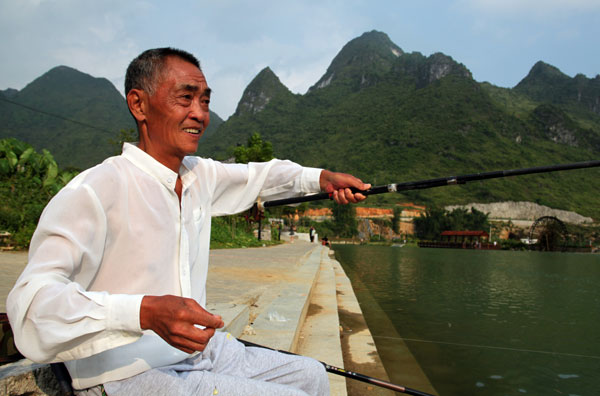 |
|
Ouyang Yuanming, 60, a retired worker from Guizhou province, has lived in Bama with his wife for three years. [Photo by Huo Yan / China Daily] |
Bama is the only world-famous longevity home in a subtropical region. While other long-life hot spots, such as the Caucasus mountains, southern Xinjiang in China, Pakistan and Ecuador, all share features such as an abundance of fresh water and unpolluted air, Bama has an added ingredient.
The county is situated on a deep fault line that cuts directly into the earth's mantle and the resultant strong terrestrial magnetism helps maintain a high number of negative ions in the air, ranging from 2,000 to 5,000 ions per cubic centimeter, helped by the primeval forests and abundant rainfall.
The Panyang River flows east to west along the fault line. The mountains on the river's north bank are covered by a thick layer of soil, while a range of limestone hills stretches away to the south.
Influenced by terrestrial magnetism, Bama's spring and river water is restructured into micro-clusters, which some scientists believe promote cell regeneration.
"Almost all the micro-elements in the water and earth in Bama are the most important for the human body, while those the body doesn't require, such as heavy metals, are found in very low proportions," said Peng Yingao, a geriatrician at Xinjiang University.
Research suggests that the local houses, built with rammed bricks made of local stone, mud and wood, also help to promote longevity because of the beneficial effects of low-level radiation emitted by the rocks. Scientists say the local conditions help to strengthen resistance to disease, regulate the metabolic rate, alleviate bronchial asthma and stabilize blood pressure.
The local diet is healthy, too. It includes corn, rice, millet, sweet potato, soybean, snailflower beans and green soybeans, pumpkin stems, sweet potato leaves, pak choi, mushrooms, pork, goat, chicken and duck.
|
|
|
|
|
|
|
|
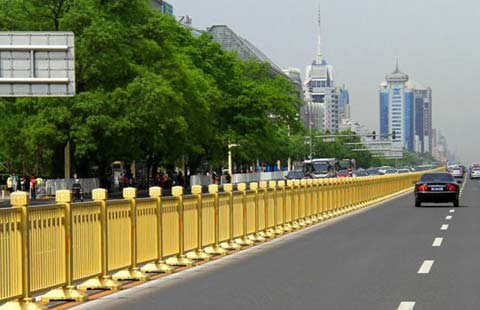


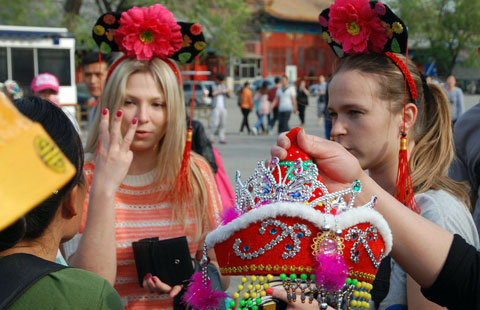



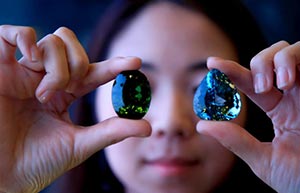
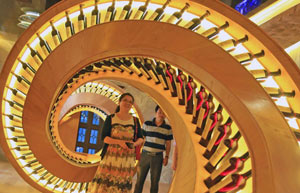
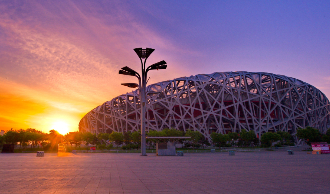
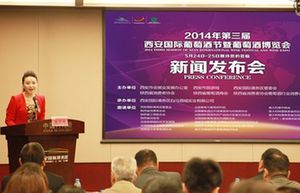



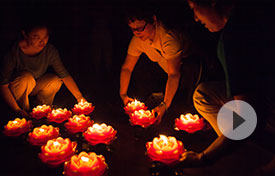



 Op Rana
Op Rana Berlin Fang
Berlin Fang Zhu Yuan
Zhu Yuan Huang Xiangyang
Huang Xiangyang Chen Weihua
Chen Weihua Liu Shinan
Liu Shinan